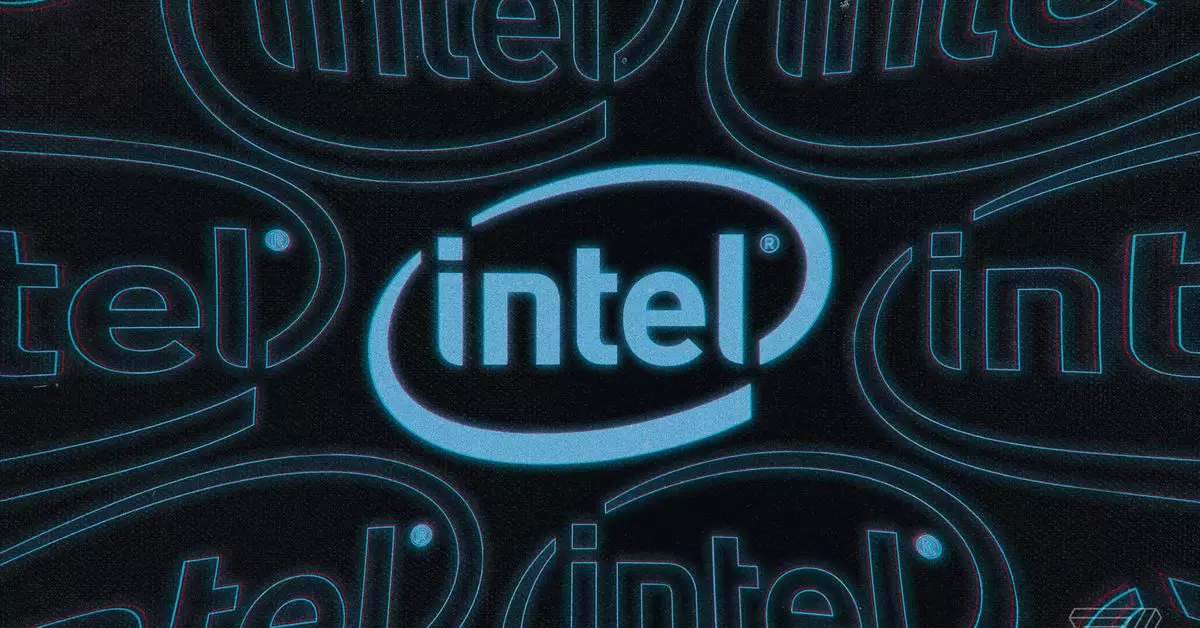Intel’s new Arrow Lake-based Core Ultra 9 200S series processors have entered the market with a significant amount of anticipation, yet the reception has been far from triumphant. Critiques from tech reviewers highlight concerns, primarily revolving around gaming performance, which has disappointed many enthusiasts. The aspirations set by Intel were clear: the new chips wouldn’t necessarily eclipse AMD’s offerings in gaming scenarios. However, initial evaluations suggest that even this tempered expectation has not been met, raising questions about the overall direction of Intel’s development strategy.
Despite boasting advanced architecture and potential improvements in efficiency, the Arrow Lake series appears to struggle significantly when placed in direct competition with both AMD’s Ryzen 9800X3D and previous generations of Intel’s own processors, such as the Raptor Lake series. Reviewers have observed that while there are minor efficiency gains with the latest models, these benefits do not translate into enhanced gaming performance. Such performance metrics are crucial given that the gaming market has grown increasingly demanding, and consumers often seek the highest possible return on their investment. Intel finds itself at a crossroads, where technological advancements are overshadowed by user experiences that fail to live up to market expectations.
In a recent interview with industry insiders, during which Robert Hallock, Intel’s VP and GM of client AI and technical marketing, addressed the performance gap, he reiterated that Intel takes full responsibility for these shortcomings. This candid acknowledgment is critical, as it shows that Intel recognizes the implications of its product’s performance on its reputation and future sales. Hallock also hinted at forthcoming updates from the company regarding strategies to address and potentially rectify these performance issues, adding a layer of hope for both consumers and investors. However, the anticipation of these updates carries an inherent risk; trust in Intel’s ability to deliver on promises and correct deficiencies is now fragile.
Intel is currently navigating a complex landscape where expectations are high, and competition is fierce. The buzz surrounding Arrow Lake chips may have initially generated excitement, but the tremors of lackluster performance in critical areas like gaming threaten to undermine consumer confidence. With a comprehensive update expected by the end of November or early December, the stakes are considerably high. How effectively Intel communicates the nature of its challenges and the timeline for resolutions could determine the trajectory of its recovery in this competitive sector.
Ultimately, while Intel’s Arrow Lake processors represent a significant technological step, the initial gaming performance reviews serve as a sobering reminder of the hurdles that still lie ahead. As Intel endeavors to regain the trust of tech enthusiasts and investors alike, the forthcoming updates will be pivotal in reshaping the narrative surrounding its latest chips. Only time will tell whether these issues can be adequately addressed, allowing Intel to reclaim its position in the gaming market or if it will continue to lag behind competitors like AMD.

